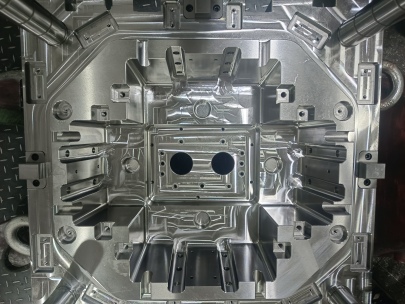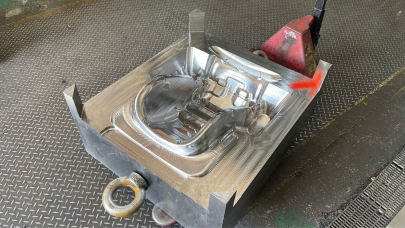Base molding is an essential decorative element in any home, providing a clean finish to the transition between the wall and the floor. It can enhance the aesthetic appeal of a room while also protecting the walls from damage. This guide will walk you through the process of installing base molding, ensuring a professional look.
Understanding Base Molding
Before diving into the installation process, it’s important to understand what base molding is. Base molding, also known as baseboards, are typically made of wood, MDF, or PVC and come in various styles and sizes. The choice of base molding can significantly affect the visual appeal of your space.
Types of Base Molding
- Traditional Wood: Offers a classic look but may require more maintenance.
- MDF (Medium Density Fiberboard): More affordable and resistant to warping.
- PVC: Highly durable and moisture-resistant, ideal for humid areas.
- Custom Shapes: Can be designed to fit unique styles and preferences.
Essential Tools and Materials
Gathering the right tools and materials before starting your base molding installation will streamline the process. Below is a comprehensive list:
- Base molding of your choice
- Miter saw
- Stud finder
- Level
- Pry bar
- Nail gun or hammer
- Wood glue
- Measuring tape
- Pencil
- Caulk and caulking gun
- Paint or stain (if needed)
Measuring and Cutting Base Molding
Accurate measurements are crucial for a successful installation. Follow these steps to measure and cut your base molding:
- Measure the Length: Use a measuring tape to measure the perimeter of the room. Note the length of each wall.
- Determine the Cuts: Based on the wall measurements, you will need to make miter cuts for corners. Typically, corners require a 45-degree angle cut.
- Cut the Molding: Using a miter saw, cut the molding pieces to the correct lengths and angles.
Preparing the Walls and Floor
Before installing the base molding, ensure the walls and floor are prepared:
- Clean the Surface: Remove any debris, dust, or old molding remnants.
- Check for Level: Use a level to see if the floor is even. Make any necessary adjustments before proceeding.
- Find the Studs: Using a stud finder, locate the wall studs to ensure a secure installation.
Installing the Base Molding
Now that you’ve prepared the workspace, it’s time for the installation:
- Position the Molding: Align the first piece of molding against the wall at the starting point.
- Attach To the Wall: Use a nail gun or hammer to secure the piece into the wall studs.
- Continue Installing: Proceed to fit subsequent pieces, ensuring that the edges match up cleanly, especially at the corners.
- Fill Gaps: If there are any gaps at the joints or seams, use caulk to fill them for a seamless look.
Finishing Touches
After installing the molding, the finishing touches are vital for a polished appearance:
- Caulk the Joints: Use a caulk to cover any gaps between the wall and the molding for a smooth finish.
- Paint or Stain: If your molding is unfinished, apply paint or stain as needed.
- Clean Up: Remove any excess caulk or debris to leave the space tidy.
Common Challenges and Solutions
While installing base molding can be straightforward, you may encounter challenges. Below are common issues and their solutions:
| Challenge | Solution |
|---|---|
| Uneven Walls | Use shims to fill in gaps for a flush installation. |
| Miter Joints Not Matching | Re-check angles and make slight adjustments as necessary. |
| Difficulty Finding Studs | Use a magnet to locate screws or nails embedded in the wall. |
Conclusion
Installing base molding can be a rewarding DIY project that enhances the beauty of your home. With the right tools, careful measurements, and attention to detail, you can achieve professional results without hiring a contractor. Remember, the key points to a successful installation include:
- Understanding the type of base molding
- Accurate measurements and proper tools
- Careful cuts and attentive installation
- Finishing touches for a polished look
Frequently Asked Questions (FAQ)
How do I choose the right base molding for my home?
Consider the style of your home, the existing decor, and your budget. Visit local hardware stores to see samples and choose the type that best suits your preferences.
Can I install base molding myself?
Yes! With the right tools and a bit of patience, most homeowners can successfully install base molding.
How do I deal with corners that aren’t square?
For corners that are not square, you can use coping techniques or filler pieces to achieve a clean fit.
What type of adhesive should I use for base molding?
While finishing nails are typically used, a small amount of wood glue can be added for extra hold.
By following this step-by-step guide, you can install base molding that will look great for years to come. Remember to take your time and ensure that each step is completed properly for the best outcome.



